Blog - TECHNICAL TIPS & TRICKS - Proximity Sensors - Magnetic Sensors: How to make the right choice?
The industrial sector uses numerous sensors. Many types of magnetic sensors are available. But how to make a proper selection ? Today we will guide you on choosing the right sensors for your needs. To choose a sensor, it is necessary to define the main characteristics necessary for the application.
The first question to ask yourself to choose the right sensor is : What do you want to detect ?

Depending on your available space, we can offer you sensors with different shapes. It is necessary to choose the mounting/fixing type which will best suited to your needs.
We offer screw sensors, sensors for PCB mounting, tubular sensors … We will find the right solution for your project.
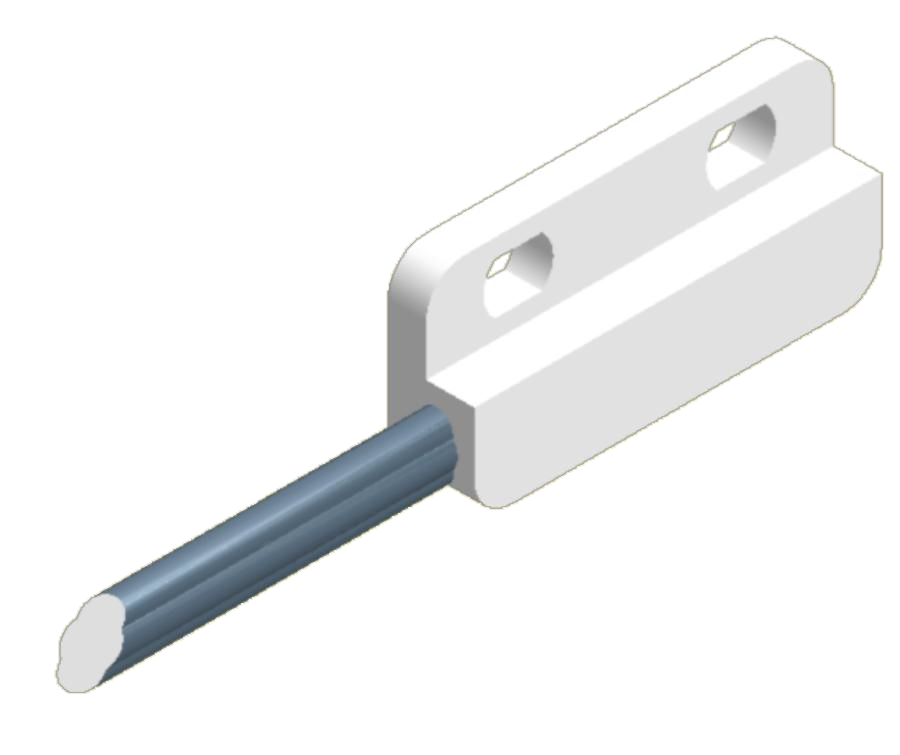
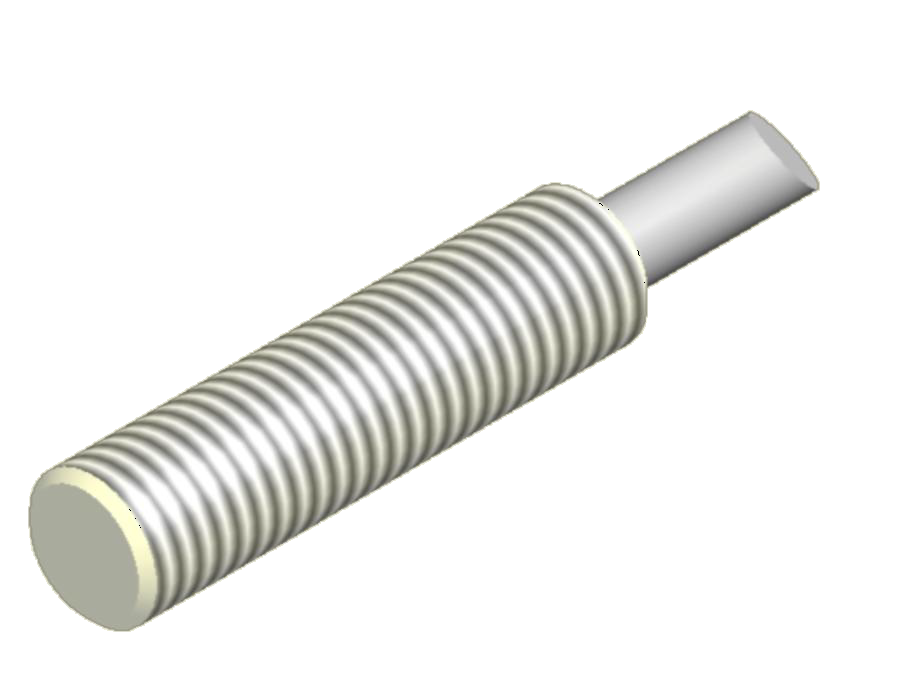
You want your sensor to be :
-normally open (NO) when there is no sensing object , i.e the A form.

-normally closed (NC) when there is no sensing object, i.e. the form B.

-change-over (NO+NC), i.e. in C form.

Due to their differences in output behavior, NO or NC sensors are better or worse for certain applications.
To get more information about the differences between these three types of contact, please refer to our last blog article.
Celduc offers different types of connection with different lengths:
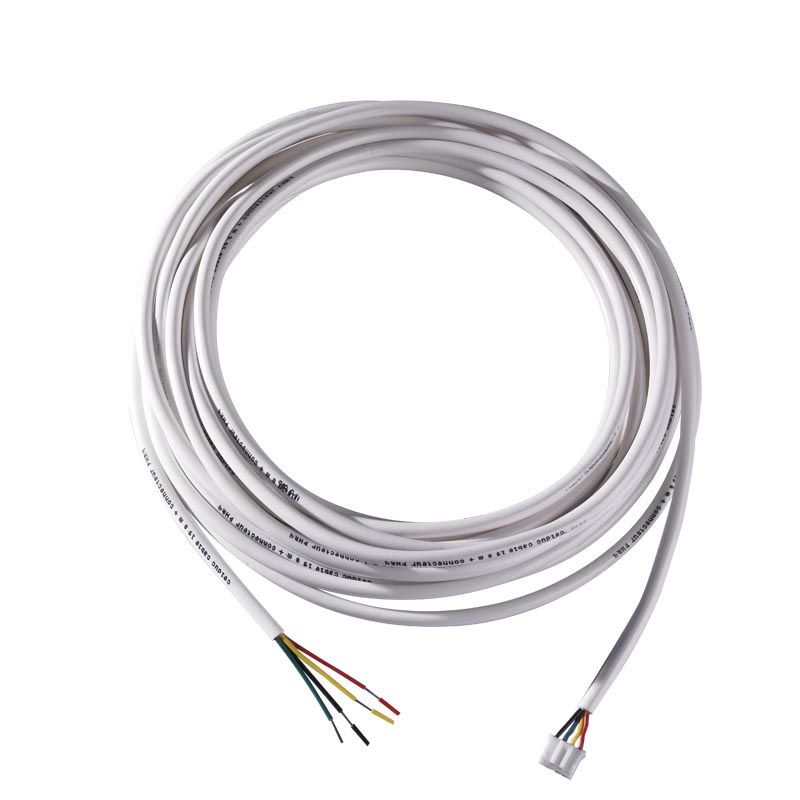
It is very important to know the requested activation distance.
The guaranteed activation distance depends on the sensitivity of the sensor and of the power of the magnet. As a guideline, in our selection guide, we clarify the guaranteed distance of activation with a given magnet but celduc® remains at your service to offer the best magnet/sensor pair according to your needs.
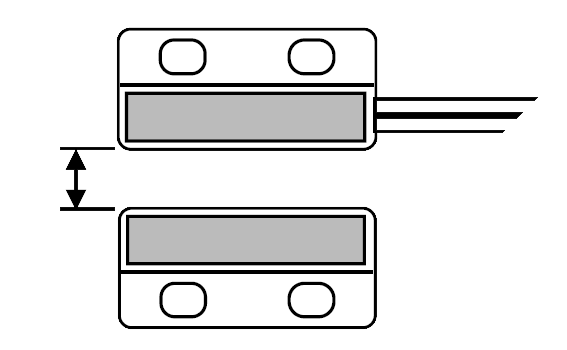
This is a crucial point as environmental factors might affect the proper working of your installation. You must therefore answer to the following questions
In some cases, real-conditions tests are recommended.
You must know :
To control REED switch or HALL effect magnetic sensors, a magnet must be used. The choice of the sensor-magnet pair must be made according to the conditions of use, i.e:

Once you have answered to all these questions, you can visit our e-catalogue website to choose your sensor.
We also provide search filters to help you quickly find the sensor that meets your requirements.
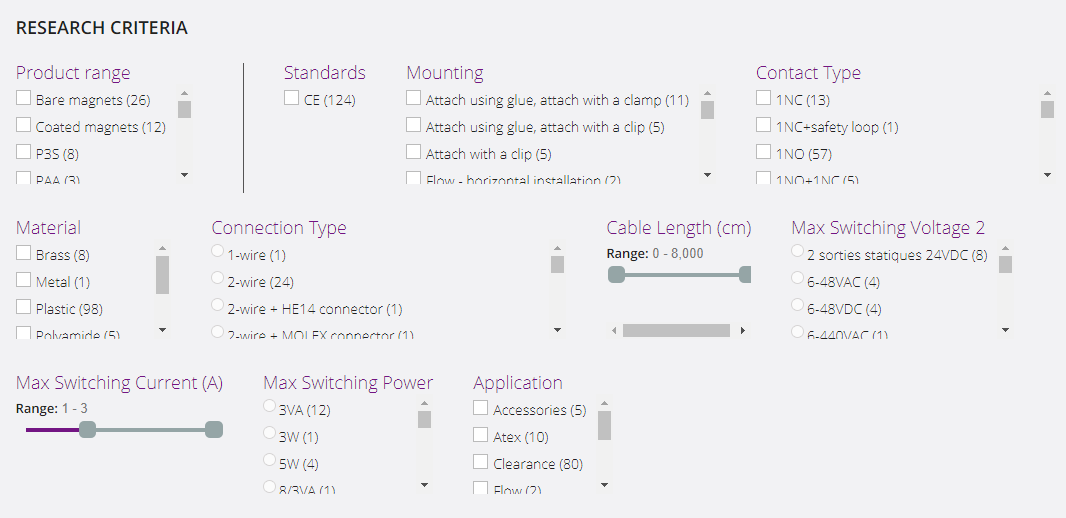
However, if you have any questions please feel free to contact us.
More than 50% of our sensors are made according to our customers’ specifications.
We are able to create customised sensors to respond to the specificities of your sector. We already work in many fields like agriculture, nuclear and aeronautics.
So if you have a new project, contact us, we can provide you a solution.
